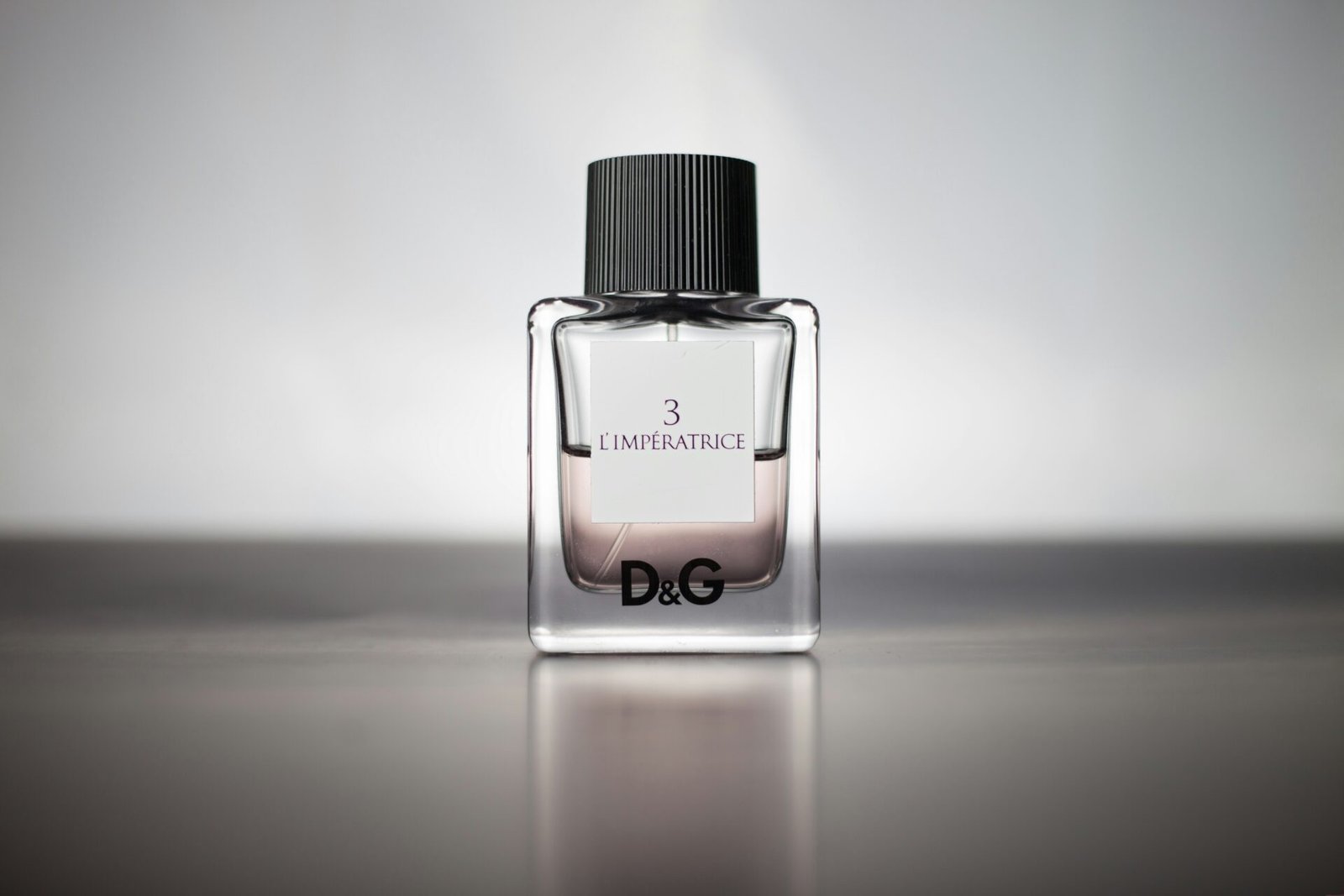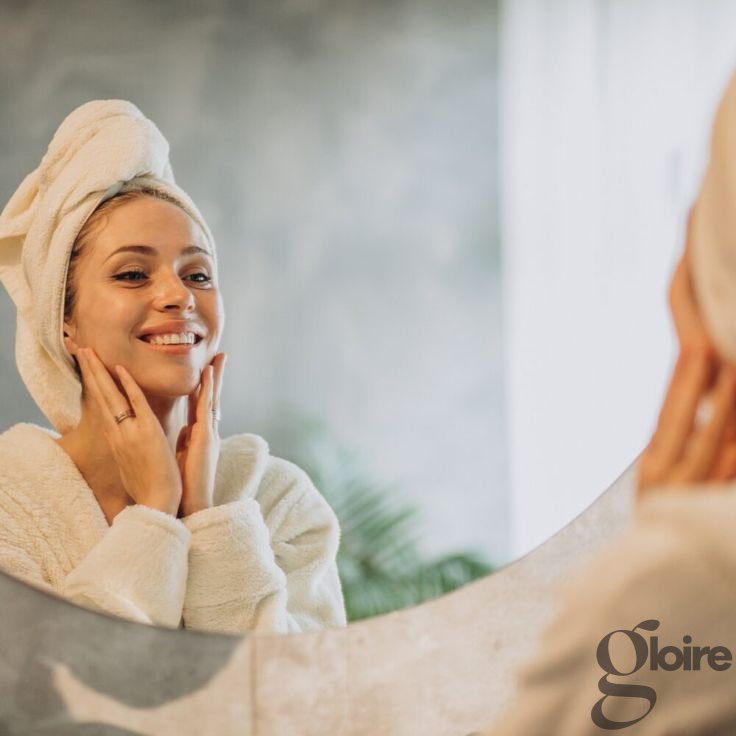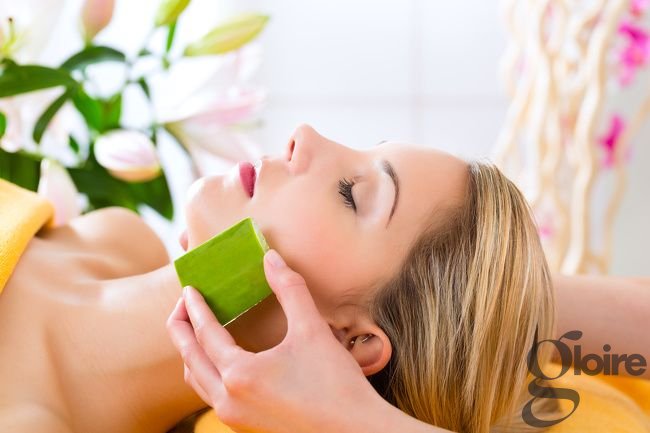What is Eau de Parfum?
Eau de Parfum (EDP) is a fragrance that contains a higher concentration of perfume oils, typically ranging from 15% to 20%. This higher concentration gives it a richer scent profile and greater longevity compared to other fragrance types.
Key Features:
- Longevity: EDP usually lasts 6 to 8 hours, making it ideal for long events or daily wear.
- Intensity: The scent is more robust and noticeable, often revealing complex layers as it dries down.
- Occasion: Perfect for evenings, formal events, or colder seasons due to its rich and lingering scent.
Example: Popular EDP fragrances like Chanel No. 5 and Dior J’adore are celebrated for their complex and enduring aroma.
What is Eau de Toilette?
Eau de Toilette (EDT) has a lower concentration of perfume oils, typically between 5% and 15%. This lighter composition makes it a fresh and airy option.
Key Features:
- Longevity: EDT lasts 3 to 5 hours, requiring reapplication throughout the day.
- Intensity: The scent is lighter and more subtle, often described as refreshing.
- Occasion: Best suited for daytime use, casual outings, or warmer seasons.
Example: Iconic EDT options include Versace Bright Crystal and Dolce & Gabbana Light Blue.
Comparing Concentration: Parfum vs Toilette
The concentration of perfume oils is the primary difference between EDP and EDT. This concentration determines not only the strength of the fragrance but also its cost, longevity, and usage scenarios.
| Type | Concentration (%) | Longevity (Hours) | Occasion |
|---|---|---|---|
| Eau de Parfum | 15% – 20% | 6 – 8 | Evenings, Formal Events |
| Eau de Toilette | 5% – 15% | 3 – 5 | Daytime, Casual Outings |
Fun Fact: EDPs tend to be more expensive than EDTs due to the higher concentration of perfume oils.
Scent Layers: Eau de Parfum vs Toilette
Fragrances have three scent layers: top, middle (heart), and base notes. The difference in concentration affects how these layers unfold.
- Top Notes:
- EDTs emphasize fresh top notes like citrus or florals.
- EDPs have deeper top notes that last longer.
- Middle Notes:
- EDT’s heart notes are lighter and fade quicker.
- EDP’s heart notes develop more fully and linger.
- Base Notes:
- EDT’s base notes are subtle.
- EDP’s base notes are richer and provide a lasting impression.
Eau de Toilette vs Eau de Parfum: Which is Better?
The choice depends on personal preference, lifestyle, and occasion. Here are some practical considerations:
- Daily Wear:
- EDT is better for casual and office wear due to its subtlety.
- Special Occasions:
- EDP works better for date nights or formal events, thanks to its stronger scent.
- Weather:
- EDT’s lightness makes it ideal for summer.
- EDP’s intensity suits winter months.
Tip: Layering your fragrance with matching body products can enhance longevity.
Practical Tips for Choosing Between EDP and EDT
- Test Before Buying: Always test fragrances on your skin to see how they react with your body chemistry.
- Understand Notes: Consider the scent notes that suit your personality and preferences.
- Budget: If price is a concern, EDTs offer a more affordable option without compromising quality.
Enhancing Your Fragrance Game
Explore related topics to make informed decisions about your fragrance journey:
- Shower Gel vs Body Wash: What’s the Difference?
- Best Hair Care Routine for Healthy Hair
- Toner Benefits: Understanding the Purpose of Toner in Skin Care
Conclusion
Understanding the differences between Eau de Parfum vs Eau de Toilette empowers you to make the right choice for any occasion. Whether you prefer the rich intensity of EDP or the light freshness of EDT, the key lies in matching the fragrance to your lifestyle and needs.
Dive into the world of fragrances and elevate your personal scent profile with confidence.
For more expert insights, visit our blog and discover how to enhance every aspect of your beauty and wellness routine.








